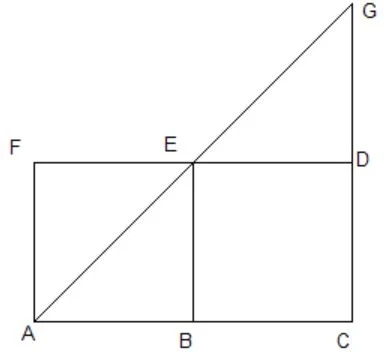John Carlos Baez on Nostr: Did you know undergrads at Oxford in 1335 were solving homework problems about ...
Did you know undergrads at Oxford in 1335 were solving homework problems about objects moving with constant acceleration? This blew my mind.
As I explained yesterday, medieval scientists were deeply confused about the connection between force and velocity: it took Newton to realize force is proportional to 𝑎𝑐𝑐𝑒𝑙𝑒𝑟𝑎𝑡𝑖𝑜𝑛. But in the early 1300s, a group of researchers called the Oxford Calculators made huge progress in understanding objects that move with changing velocity.
They discovered something called the Mean Speed Theorem: an object moving at constant acceleration over some period of time goes just as far as if it were moving uniformly with the velocity it had at the middle instant of its motion!
That's really cool. But it gets better. They gave homework problems called 'sophisms' to the students of Merton College at Oxford. And in 1335, one of them named William Heytesbury wrote a book called 𝑅𝑢𝑙𝑒𝑠 𝑓𝑜𝑟 𝑆𝑜𝑙𝑣𝑖𝑛𝑔 𝑆𝑜𝑝ℎ𝑖𝑠𝑚𝑠, which gives us a look at what these problems were like. Some of them required students to know the Mean Speed Theorem!
Later in the 1300s, Nicolas Oresmus in Paris gave a picture proof of the Mean Speed Theorem. For example, he pointed out that the triangle ACG below has the same area as the rectangle ACFD.
Why did it take so long for Galileo to rediscover this stuff? How did the knowledge of the Oxford Calculators get lost?
https://plato.stanford.edu/entries/nicole-oresme/
https://plato.stanford.edu/entries/heytesbury/
https://en.wikipedia.org/wiki/Oxford_Calculators

As I explained yesterday, medieval scientists were deeply confused about the connection between force and velocity: it took Newton to realize force is proportional to 𝑎𝑐𝑐𝑒𝑙𝑒𝑟𝑎𝑡𝑖𝑜𝑛. But in the early 1300s, a group of researchers called the Oxford Calculators made huge progress in understanding objects that move with changing velocity.
They discovered something called the Mean Speed Theorem: an object moving at constant acceleration over some period of time goes just as far as if it were moving uniformly with the velocity it had at the middle instant of its motion!
That's really cool. But it gets better. They gave homework problems called 'sophisms' to the students of Merton College at Oxford. And in 1335, one of them named William Heytesbury wrote a book called 𝑅𝑢𝑙𝑒𝑠 𝑓𝑜𝑟 𝑆𝑜𝑙𝑣𝑖𝑛𝑔 𝑆𝑜𝑝ℎ𝑖𝑠𝑚𝑠, which gives us a look at what these problems were like. Some of them required students to know the Mean Speed Theorem!
Later in the 1300s, Nicolas Oresmus in Paris gave a picture proof of the Mean Speed Theorem. For example, he pointed out that the triangle ACG below has the same area as the rectangle ACFD.
Why did it take so long for Galileo to rediscover this stuff? How did the knowledge of the Oxford Calculators get lost?
https://plato.stanford.edu/entries/nicole-oresme/
https://plato.stanford.edu/entries/heytesbury/
https://en.wikipedia.org/wiki/Oxford_Calculators
